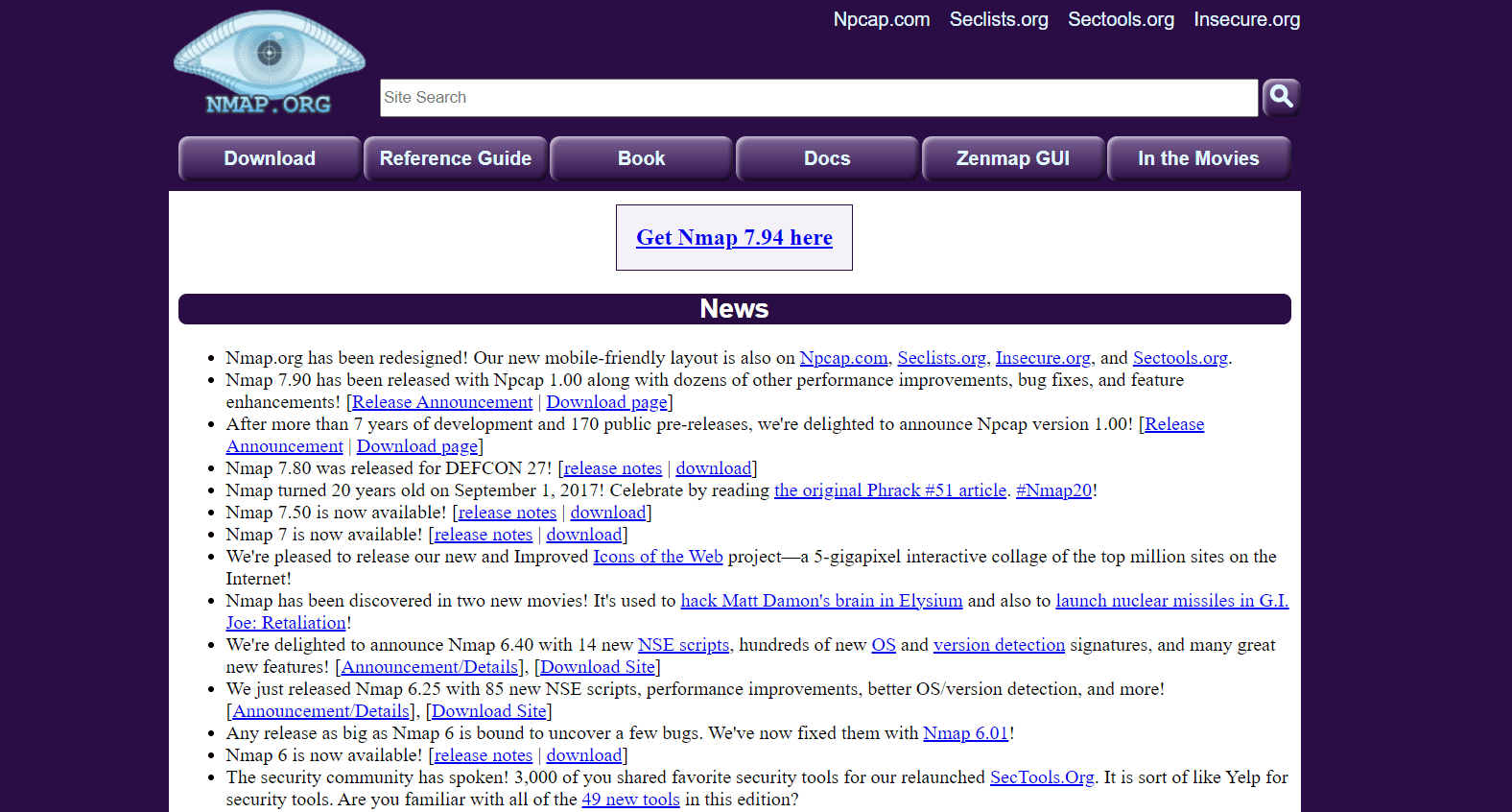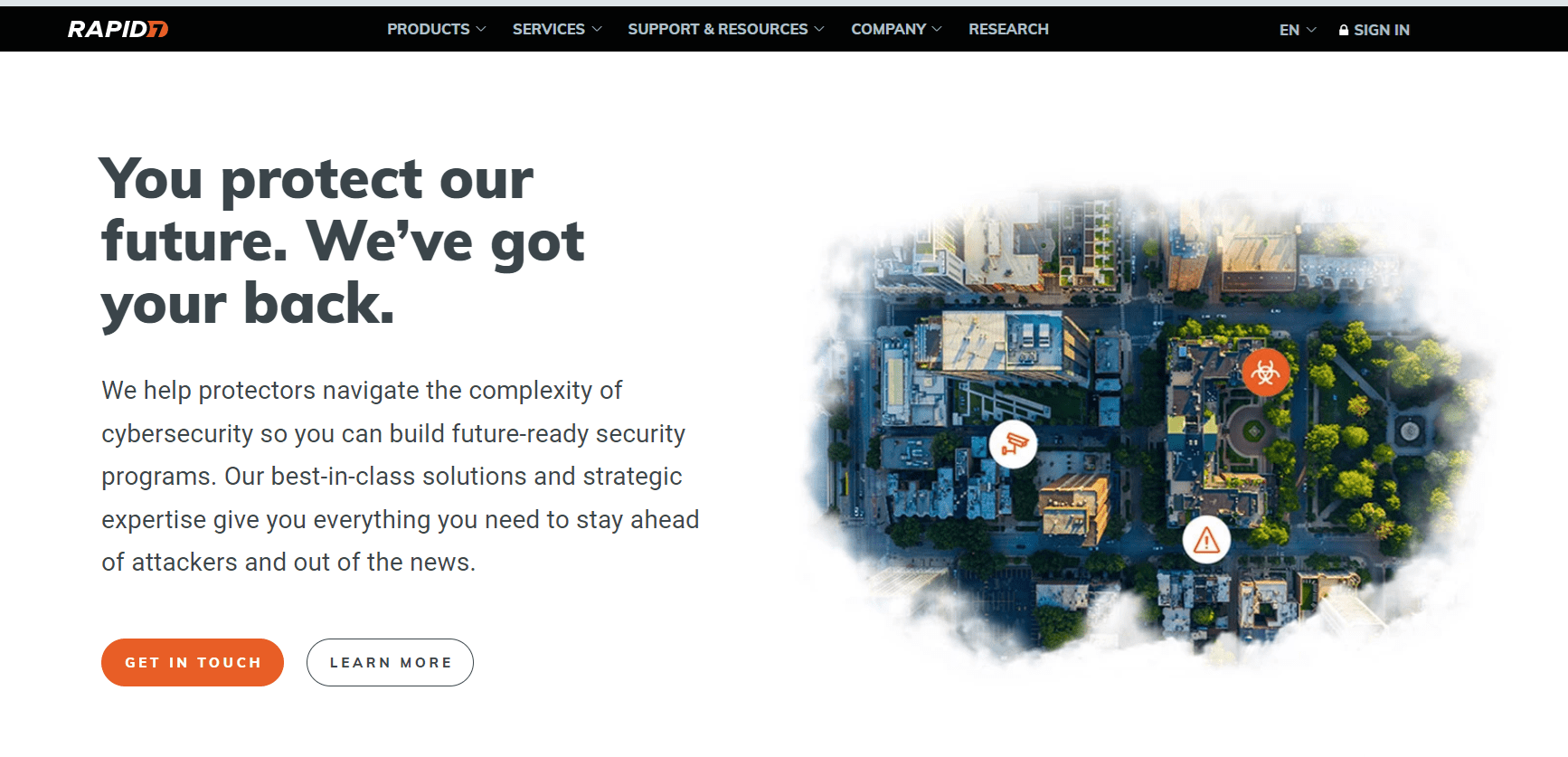
- Role-based, attribute-based, & just-in-time access to infrastructure
- Connect any person or service to any infrastructure, anywhere
- Logging like you've never seen

Pentest solutions enable automated or manual penetration tests. The top focuses for penetration tests are servers, web applications, and databases. The solution is available for IoT, mobile applications, networks, and cloud infrastructures as well.
Security analysts use scanners to detect vulnerabilities that are intentionally exploited to help analyze the severity and impact of vulnerability in a real attack. Pentesting is vital for companies to protect their assets from internal and external threats.
The process tests and safeguards your current security while giving you suggestions to improve on them or patch them if required. In this article, we provide a well-curated list of the best penetration testing software while giving you tips on what to look for.
Why Is A Pentest Solution Important?
Improved Asset Security
Penetration testing solutions allow you to identify and exploit security gaps and remediate them before they are exploited by a cyberattacker. It essentially examines the quality and durability of your current security measures against a cyberattack to show you areas of improvement, and other security gaps.
Continuous Vulnerability Management
Carrying out penetration tests regularly can lead to proactive detection of vulnerabilities. The vulnerabilities discovered via manual or automated pentests are prioritized based on their severity into CVSS scores for easier remediation. With a manual pentest by expert pentesters, you can rest assured none of the vulnerabilities will be false positives as they are vetted.
Aids in Regulatory Compliance
Compliance is crucial for a company in any industry. Different industries have different data security requirements such as HIPAA for healthcare, PCI-DSS for any organization dealing with credit card data, and other general security compliance such as SOC 2, ISO 27001, and GDPR. A main component of maintaining compliance is to carry out regular risk assessments such as pentests.
Increased Trust In Security
Choosing among the best pentest solutions allows you to regularly test your security infrastructure. It is an excellent practice to see what an attack would look like and how employees respond to it. These drills equip employees to follow better data security practices. This quickens the response time during an actual attack and the practice increases the trust placed by customers in your product.
Top 7 Pentest Solutions For Companies
1. Astra Security

Astra Security is a comprehensive pentesting solution that provides a blend of manual and automated pentesting. Leveraging such pentests can help in the identification of hidden vulnerabilities in payment gateways and business logic errors.
Astra is capable of detecting 9,300+ vulnerabilities in different assets such as web and mobile applications, networks, cloud infrastructures, and APIs. The VAPT company also provides pentest certifications upon the successful completion of a pentest that can be showcased by you.
Vetted scans by experts ensure zero false positives and scan behind logins with the aid of Chrome extension for login recording. The pentesting solution follows OWASP and NIST testing methodologies.
Top Features
- Manual and automated penetration testing.
- Constantly evolving vulnerability scanner.
- Detailed and customizable pentest reports.
- Intuitive and collaborative dashboard.
- Scan behind logins.
- Expert assistance for vulnerability remediation.
- Pentesting certificate upon completion of remediations.
- Compliance scans for HIPAA, PCI-DSS, SOC2, ISO 27001 and GDPR.
- CI/CD integrations with tools like Jira, Slack, GitHub, Jenkins, GitLab and more.
Pricing: Starts at $199 per month
2. Metasploit

Metasploit is a pentesting tool used by hackers and security professionals to detect vulnerabilities in a target system. The open-source tool contains fuzzing and evasion tools, which work on a lot of platforms like Python, Java, Cisco, and more.
This popular hacking tool is easy to install and popular among hackers, thereby making it a favorite among pentesters too. Metasploit can currently run more than 1677 exploits and has 500 types of payloads such as command shell and dynamic payloads.
Top Features
- Exploits organized over 25 platforms like Python, Java, Cisco, Android, and PHP.
- Open-source availability
- Ruby-based framework allowing testing via GUI.
- Ready-made codes are available for probing.
- 500+ payloads like Meterpreter payloads, static payloads, and command shell payloads.
Pricing: Freely Available
3. Nmap

Nmap is a network scanning tool that is used for network discovery, port scanning, and security auditing. This open-source automated testing tool is designed for larger networks to get real-time information about vulnerabilities in any network devices like routers, servers, and mobile devices.
Nmap uses techniques such as ping scans (for IP addresses), port scans (open ports), host scans (specific host IP addresses), OS scanning (operating systems), and stealth scanning. It scans every IP address in a network to determine any case of compromise.
Top Features
- Scans the 1000 most popular ports of each network protocol.
- Used during manual pentesting by security analysts.
- Available for Linux, macOS, and Windows.
- Details on open ports, live hosts, and OS of every connected system are identifiable.
- Can be used by large and small networks alike.
Pricing: Freely Available
4. Wireshark

Wireshark is a pentesting solution known for network monitoring activities and protocol analysis. The network packet analyzer is the best due to the contribution of security engineers across the globe to constantly improve it.
The tool also allows you to analyze network traffic, inspect protocols, and troubleshoot issues in the performance of networks. Other features include the decryption of protocols and live capturing of data from the Ethernet, LAN, and USB.
Top Features
- Real-time analysis of captured data packets from network interfaces.
- Is available for UNIX and Windows.
- Packets shown with detailed information on the network.
- Can save captured packets in multiple formats like pcapng (*.pcapng), pcap (*.pcap), and others.
- Can be used on any number of computers without license keys.
Pricing: Freely Available
5. Cobalt

Cobalt is one of the best pentesting companies for obtaining real-time insights on risks to remediate them based on severity. The tool is generally used for testing web applications but also offers testing for cloud and networks.
The tool offers centralized visibility into your assets' security and its pentesting information. An SDLC integrable tool, Cobalt pentesting can help in reducing pre-production risks to applications.
Top Features
- Real-time results with an average scan time of 2 hours.
- PtaaS is available on demand with real-time integrations.
- Tests like unauthorized access, and privilege escalation are done.
- Pentest goals can be customized to your requirements.
- Compliance audit quality pentesting reports for CREST, NIST, ISO 27001, and more.
Pricing: Starts at $8,500
6. Burp Suite

This VAPT service tool by Portswigger is known for its evolving vulnerability scanning that comes with numerous integrations. The tool has a free version and a commercial solution. Tools included under Burp Suite are Spider for web crawling, Proxy to modify in-transit requests, and Intruder for running value sets in inputs to analyze outputs.
Besides this, BurpSuite also provides other tools such as decoders and extenders to aid in one’s pentesting efforts. The tool can detect basic vulnerabilities like SQL injections, and insecure direct object references among others.
Top Features
- Provides both manual and automated pentests.
- Provides integrations with Slack, Jira, Jenkins, and more.
- Can be used in Windows, Linux, and macOS.
- Can crawl through complex targets with ease based on URLs.
- Fuzzing and brute-force logins are also possible with the tool.
Pricing: $449/year/user
7. Rapid7

This automated web vulnerability scanning tool makes cybersecurity simpler through its detection and response tools. The tool pentesting services for web and mobile applications, IoT, and wireless networks. Rapid7 pentests leverage methodologies such as OSSTMM (Open Source Security Testing Methodology Manual), PTES (Penetration Testing Execution Standard), and OWASP.
Rapid7 pentesting goes beyond basic testing by covering areas like encryption, APIs, firmware, and other interfaces. The company’s penetration testing can be customized to your needs using human and electronic methods.
Top Features
- Manual and automated pentesting is possible.
- Customizable pentesting solution.
- In-depth visibility into vulnerabilities and risks.
- Provides third-party pentest reports to facilitate compliance audits.
- Integrations with ServiceNow, Security Operations, and LogRhythm NDR are available.
Pricing: Available on Demand
Features To Look For In A Pentest Solution For A Company
1. Expert & Certified Pentesters
Look for expert pentesters with relevant certifications like EC-Council Certified Ethical Hacker (CEH), Certified Penetration Tester (CPT) & Certified Expert Penetration Tester (CEPT) who can simulate attack scenarios specific to your business.
2. Good Vulnerability Scanning
Choose a pentesting tool that also comes with a good vulnerability scanner that can detect and identify a wide range of vulnerabilities, making it easier for the pentesters to exploit the high-severity vulnerabilities.
3. Zero False Positive Assurance
Make sure the tool offers a zero false positive assurance as it will impact and extend your remediation time since it would lost over detecting a false positive within the pentesting report.
4. Detailed & Customizable Reporting
Ensure the reports can be customized to have only executive summaries for administrators, and complete reports for audits and remediation among other styles. Look for a tool that can also address the compliances that your asset is in breach of.
5. CI/CD Pipeline Integrations
Choose a pentesting solution that can be integrated with other communications, management, and coding tools like Slack, Jira, GitLab, and GitHub. This allows for pentesting at every stage of an application’s development lifecycle.
6. Delivery Speed
The VAPT company should be able to provide the pentesting within the mentioned period during scoping. However, ensure the timeline matches your requirements for a seamless proceeding of the pentest. The speed of delivery is crucial if your requirements are urgent.
7. Remediation Assistance
Pick a solution that has expert pentesters who can go beyond the scope of the penetration test to assist in the remediation of the vulnerabilities. This allows them to provide you with additional insights into the vulnerabilities and possible remediation measures.
Final Thoughts
For companies of any size with an online presence, pentesting is an absolute must to maintain cybersecurity. Look for pentesting solutions that have vulnerability scanners, expert pentesters, integrations, and customizable reporting to cater to your requirements.
Pentesting solutions like Astra Security, WireShark, and BurpSuite are some excellent options when it comes to pentesting a wide range of assets like web & mobile applications, cloud infrastructures, and networks. Use the features mentioned in the article to find the best-suited pentesting partner for your needs.
About the Author
StrongDM Team, Zero Trust Privileged Access Management (PAM), the StrongDM team is building and delivering a Zero Trust Privileged Access Management (PAM), which delivers unparalleled precision in dynamic privileged action control for any type of infrastructure. The frustration-free access stops unsanctioned actions while ensuring continuous compliance.

You May Also Like




